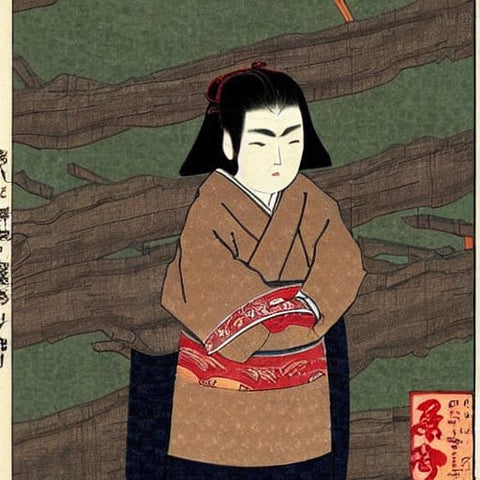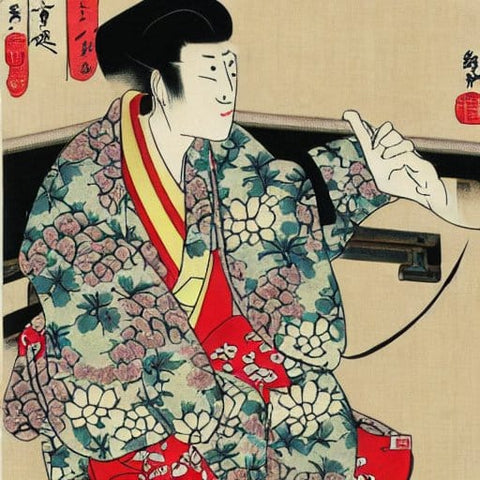
Discovering the Beauty of Japanese Culture: Nishiki-e
Share
What is Nishiki-e?
Nishiki-e is a type of Japanese woodblock printing that originated in the late 17th century. Nishiki-e prints are known for their intricate designs and vivid colors, which were achieved by using multiple woodblocks for each print. The term "nishiki" means "brocade" in Japanese, which refers to the rich and luxurious appearance of the prints.
History of Nishiki-e
Nishiki-e was developed during the Edo period (1603-1868) in Japan. The first nishiki-e prints were produced in the 1680s and were initially used for printing ukiyo-e, which were prints of the "floating world" or popular culture scenes. The popularity of nishiki-e increased during the 18th century, and the prints were used to illustrate a variety of subjects, including kabuki actors, landscapes, and historical events.
Techniques Used in Nishiki-e
Nishiki-e prints are made using a complex printing process that involves multiple woodblocks. The process begins with an artist creating a design, which is then transferred onto a series of woodblocks. Each block is used to print a different color onto the paper, and the colors are layered on top of each other to create the final image. The use of multiple blocks allows for the creation of detailed and intricate designs, as well as a wide range of colors.

Subjects of Nishiki-e
Nishiki-e prints were used to illustrate a variety of subjects, including:
- Kabuki actors
Kabuki is a traditional Japanese form of theater that dates back to the Edo period. Kabuki actors were popular subjects for Nishiki-e prints, as they were considered to be cultural icons of the time. These prints often depicted famous actors in dramatic poses or in character, and were highly sought after by fans.
Geisha were highly skilled entertainers who were trained in traditional Japanese arts such as music, dance, and tea ceremony. They were also popular subjects for Nishiki-e prints, which often portrayed them in elegant kimonos and hairstyles.
- Landscapes
Nishiki-e prints also depicted landscapes, including famous Japanese landmarks such as Mount Fuji and the Tokaido Road. These prints were highly detailed and often included a sense of depth and perspective that was unusual for the time.
- Historical events
Nishiki-e prints were often used to depict important historical events such as battles, festivals, and ceremonies. These prints were highly detailed and often included many figures and intricate details that provided a glimpse into the customs and traditions of the time.
- Mythological stories
Nishiki-e prints also often depicted scenes from Japanese mythology and folklore, including stories about gods and heroes. These prints were highly stylized and often included fantastical elements such as dragons and other mythical creatures.
- Animals
Animals were also popular subjects for Nishiki-e prints, and included both domestic and exotic species. These prints often portrayed animals in naturalistic poses or in playful and whimsical scenes.
The Legacy of Nishiki-e
Nishiki-e had a significant impact on the development of Japanese art and culture. The prints were popular among both the common people and the upper classes, and they played a role in shaping the image of Japan both domestically and abroad. Nishiki-e also influenced the development of Western art, particularly the Impressionist movement, which was inspired by the bold use of color and light in Japanese prints.
Conclusion
Nishiki-e is a beautiful and intricate art form that has had a lasting impact on Japanese culture and art. The use of multiple woodblocks and vibrant colors creates a unique and striking visual experience that has captivated people for centuries. Whether depicting scenes from daily life or historical events, nishiki-e prints continue to fascinate and inspire people around the world.






